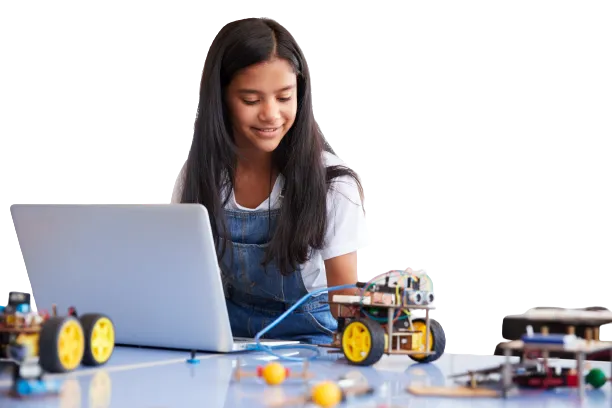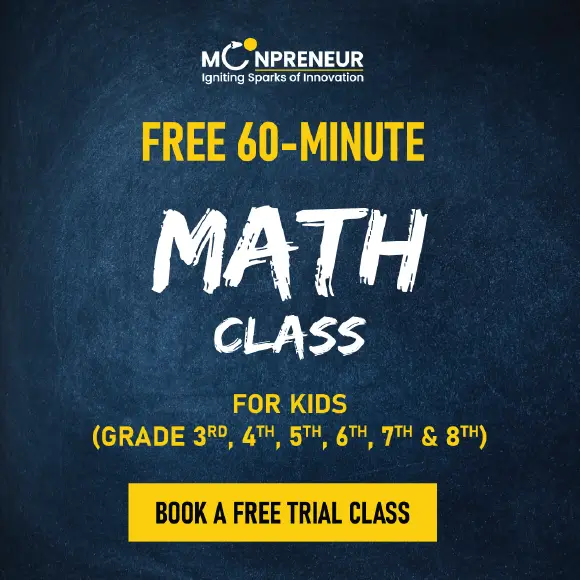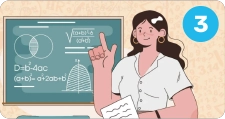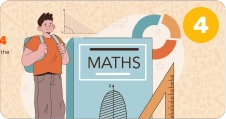
Introduction
In mathematics, the Cartesian Plane is one of the most important concepts in geometry and algebra. It provides a two-dimensional surface where we can represent numbers, shapes, and functions visually. By using the x-axis and y-axis, we can plot points and describe their exact position with the help of coordinates. In this article, we will explore the definition, parts, quadrants, one-dimensional and three-dimensional planes, plotting of points, and solved examples.
Table of Contents

The Cartesian Plane, also known as the coordinate plane, is formed by two perpendicular number lines:
- The x-axis (horizontal line)
- The y-axis (vertical line)
These two lines intersect at the origin (0, 0). Any point on the plane can be represented as an ordered pair (x, y).
- The value of x tells us the horizontal position of the point.
- The value of y tells us the vertical position of the point.
Example: The point (2, 3) means moving 2 units right and 3 units up from the origin.
1. Axes
- The x-axis is the horizontal line.
- The y-axis is the vertical line.
Together, they form the foundation of the plane.
2. Origin
- The origin (0, 0) is the point where the x-axis and y-axis meet.
- It is the reference point for all other coordinates.
3. Quadrants
The axes divide the plane into four quadrants, labeled in an anticlockwise direction:
- Quadrant I: (+x, +y)
- Quadrant II: (−x, +y)
- Quadrant III: (−x, −y)
- Quadrant IV: (+x, −y)
Points lying on the axes (e.g., (x, 0) or (0, y)) do not belong to any quadrant.
4. Cartesian Coordinates
- A point (x, y) is called a Cartesian coordinate.
- Abscissa: The x-value of the point (distance from the y-axis).
- Ordinate: The y-value of the point (distance from the x-axis).
Example: For the point (−4, 5), abscissa = −4 and ordinate = 5.
A one-dimensional plane is simply a number line. Here, we select point O as the origin.
- Numbers to the right of the origin are positive.
- Numbers to the left of the origin are negative.
- This line is used to represent values in one dimension only.
In addition to the x-axis and y-axis, a z-axis is introduced perpendicular to the plane.
- A point in this system is written as (x, y, z).
- x → position along the x-axis
- y → position along the y-axis
- z → position along the z-axis
This is called the 3D Cartesian Plane and is widely used in engineering, physics, and computer graphics.
A complex number is of the form a + ib, where:
- a = real part
- b = imaginary part
To represent complex numbers graphically, we use the complex plane (similar to the Cartesian Plane):
- The x-axis represents the real part.
- The y-axis represents the imaginary part.
Example: The number 3 + 4i is plotted at the point (3, 4).
To plot (x, y):
- Start at the origin (0, 0).
- Move along the x-axis by x units (right if x > 0, left if x < 0).
- Move along the y-axis by y units (up if y > 0, down if y < 0).
- Mark the point.
Example: To plot (−2, −3), move 2 units left and 3 units down from the origin. The point lies in Quadrant III.
- Plot the points (5, 2), (−4, 3), (−2, −5), and (6, −1).
- Identify the quadrant of each point: (7, −4), (−6, −2), (3, 8), (−5, 7).
- Which quadrant does the point (0, −3) belong to?
Conclusion
The Cartesian Plane is a fundamental concept in mathematics that helps us locate points, draw graphs, and study functions in two and three dimensions. From geometry and algebra to physics and data science, the Cartesian system is applied everywhere. By mastering coordinates, quadrants, and plotting, students can build a strong foundation for advanced mathematics.
Want to spark your child’s interest in math and boost their skills? Moonpreneur’s online math curriculum stands out because it engages kids with hands-on lessons, helps them apply math in real-life situations, and makes learning math exciting!
You can opt for our Advanced Math or Vedic Math+Mental Math courses. Our Math Quiz for grades 3rd, 4th, 5th, and 6th helps in further exciting and engaging in mathematics with hands-on lessons.
Q1. What is the Cartesian Plane in simple words?
Q2. What is abscissa and ordinate?
Q3. How many quadrants does a Cartesian Plane have?
Q4. Does the point (−3, −4) lie in the third quadrant?
Q5. Can a point lie on both axes?
Related Blogs:
How to Teach Adjacent Angles to Kids | Simple & Fun Guide
What are Congruent Angles?
Understanding Alternate Interior Angles
What is the Area of Trapezoid?
What is the Area of Parallelogram?
Understanding the Geometry Regents: A Comprehensive Guide
How to Prepare for the Geometry Regents: Study Plans & Practice
The Art of Geometry: How to Draw an Equilateral Triangle Inside a Circle













